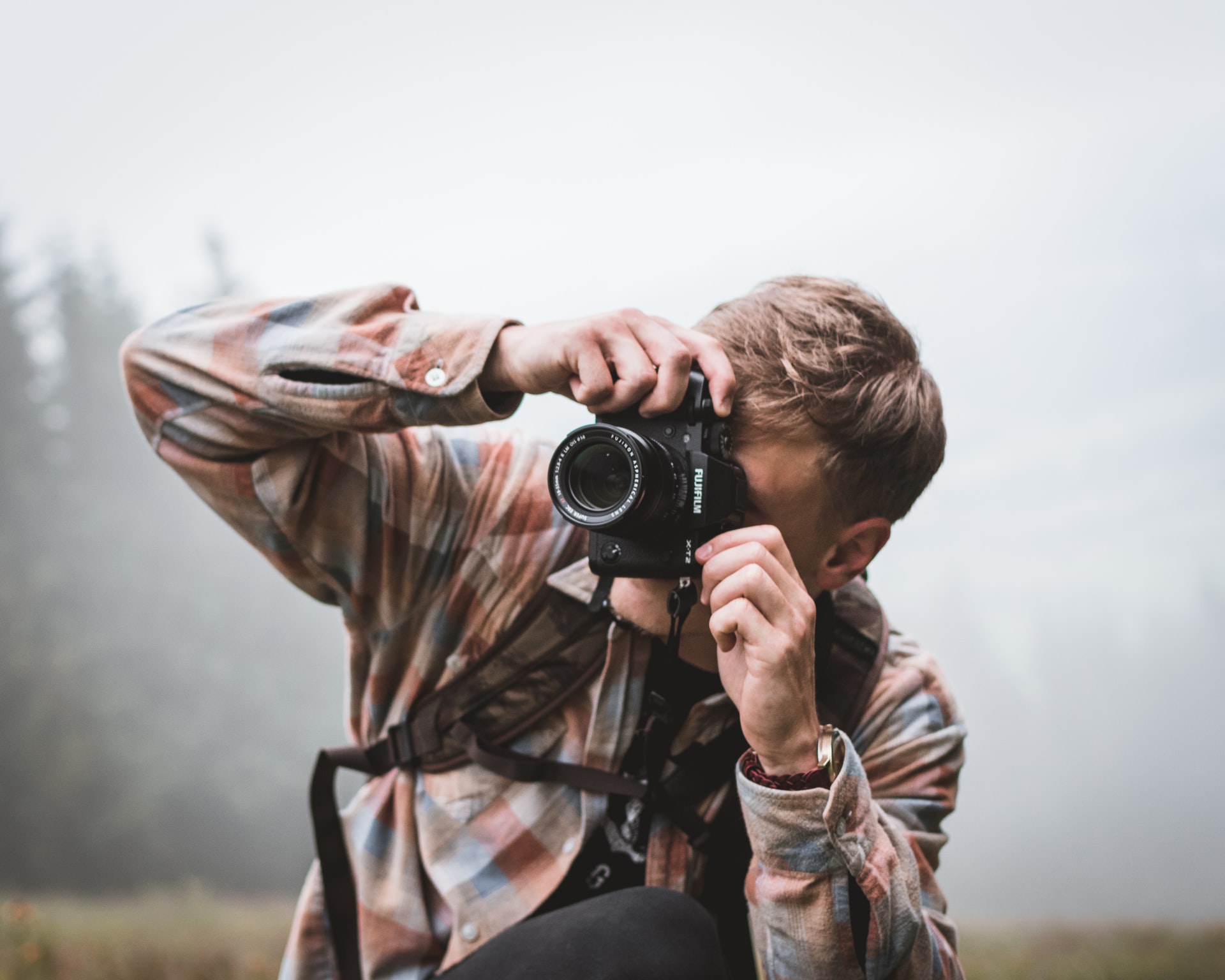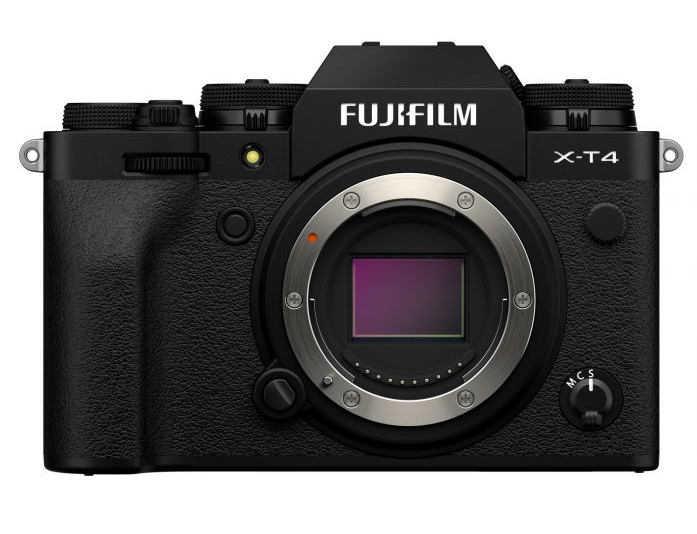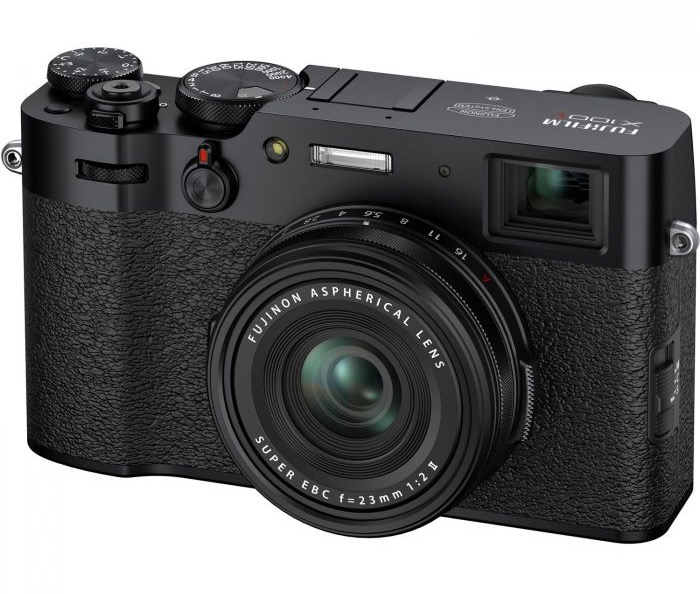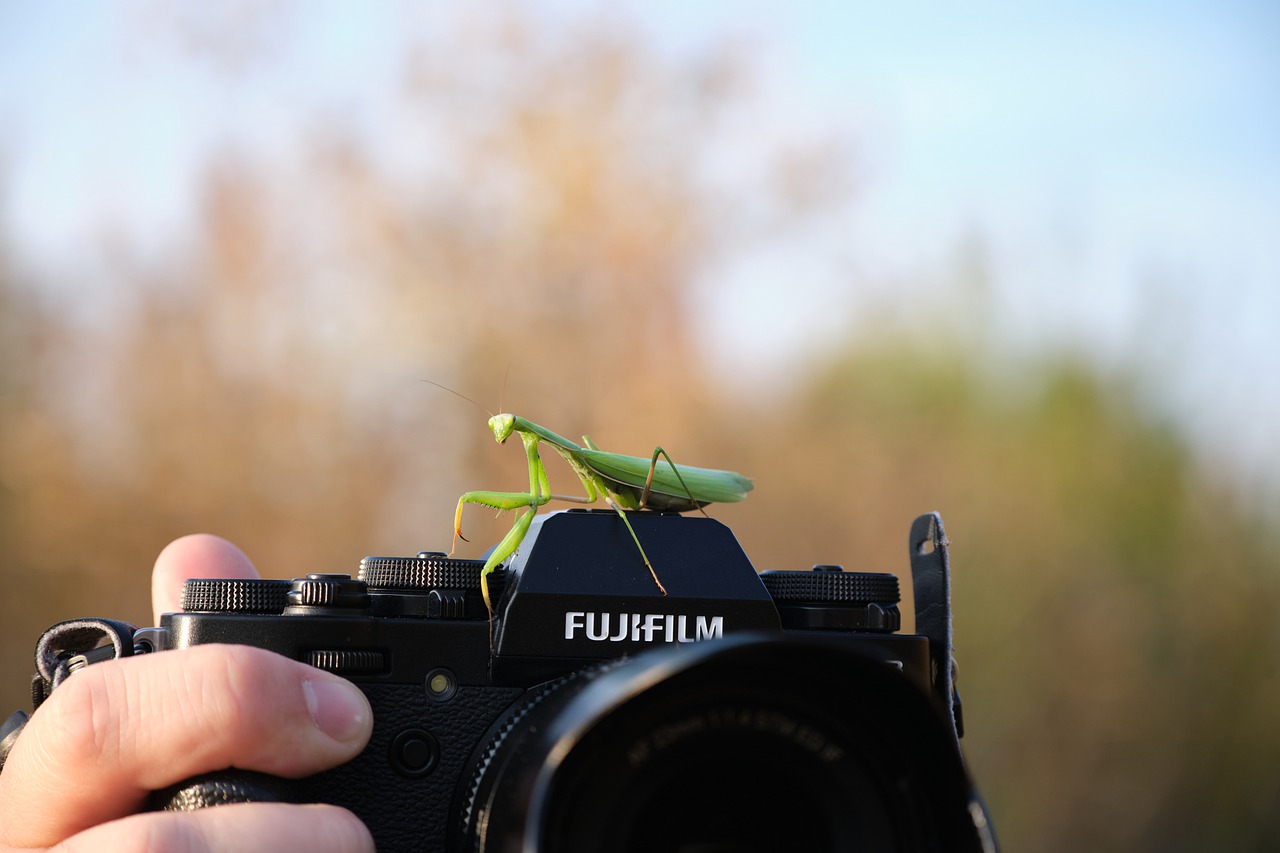This entry was posted on November 26, 2021.

These days it’s easy to overlook Fujifilm. Canon and Nikon dominate DSLRs, and many consider Sony to make the best mirrorless cameras.
But steeped in rich history, the Japanese brand has plenty to scream and shout about. Despite no longer being an industry giant, they still crop up in the debate of best image quality.
With industry-leading sensors, the flagship GFX Systems are all about unparalleled, clear images. Whereas the more affordable X Series combines standard image resolution with increased versatility.
In this article, we explore both ranges to show you what we think is the best Fujifilm camera.
What are the best Fujifilm cameras?

Best all-round Fujifilm camera: X-T4
The X-T4 is a mirrorless camera with advanced technical specs and a compact body. It shares a couple of important features with X-S10, so you may be wondering if it’s worth the extra £££.
Like the less technically-rich X-S10, the X-T4 takes high-resolution images with a 26-megapixel APS-C sensor. And a multi-angle LCD screen adds versatility to your shooting.
But, two of the key differences are that the X-T4 is weather-sealed and has a longer-lasting battery life. So, unlike the X-S10, it can venture outdoors in bad weather, and shoot for longer before the battery runs dry.
Videography capabilities once again set the X-T4 apart. Recording is smoother at 4K/60fps, even smoother when recording to an external device. HDMI connection makes this possible, and betters colour recreation. For the effects magician, super 10x slo-mo also looks incredible at full HD/240p.
Look no further than the X-T4 for a sturdy all-weather setup to shoot professional-looking videos and stills.
Technical specs:
- 26MP (APS-C) X-Trans CMOS 4 with primary colour filter
- Image sensor shift mechanism with 5-axis compensation
- 30fps (Only electronic shutter, 1.25 x Crop)
- Intelligent Hybrid AF
- 4K/60fps video
- 0 inch LCD
Honourable mention: X-S10
At £949, the X-S10 is a big step down in price from the X Series flagship model the X-T4, but not in quality.
A 26-megapixel sensor and 5-axis in-body image stabilisation allow you to capture clean, high-resolution images. And speedy continuous shooting is possible at 30/fps with a slight crop.
Filming videos is also taken care of. 4K 30/fps doesn’t make it a standout, but it is still movie quality!
Like Fujifilm’s flagship cameras, the X-S10 employs a dual-gain depth of field design. This allows maximum dynamic range at lower ISO values, and at higher ISO values produces less noise.
Simply put, there’s less image blur when shooting at higher ISO values.
The X-S10 puts up some decent stats as well. Autofocus latches on to subjects in a mere 0.02 seconds, and the camera body weighs a slender 465g.
At £949, this is Fujifilm’s all-round camera of the people, and will tackle almost any project.
Technical specs:
- 26MP (APS-C) X-Trans CMOS 4 with primary colour filter
- Image sensors shift mechanism with 5-axis compensation
- 4K/30 fps movie
- Intelligent Hybrid AF
- 0 inch LCD
What Fujifilm camera is best for beginners?
Fujifilm’s X Series has some brilliant beginner-friendly cameras.
You could jump in at the deeper end and go with a cheaper mirrorless. A model like the X-T30 is a great starting point for the adventurous newcomer. It boasts a 26-megapixel sensor, a standard ISO range of 160 – 12,800, and 4K filming. That's enough for any beginner to chew on without feeling overwhelmed.
Or you could go with our beginner recommendation and choose a premium compact camera. We like the X100V, and think any new photographers will too!

X100V
At £1,249, it isn’t the cheapest option, but you get serious beginner bang for your buck, so hear us out.
The single l23mm F2.0 lens enhanced for better resolution is easy to use, and means that you only need to worry about taking photos.
If videos are also your thing, then the X100V won’t let you down. It records 4K/30fps, and 1080/120fps. And when you’re ready to take it up a notch, advanced colour reproduction technology will help you grow into an accomplished videographer.
Clumsy-proof aluminium plates add durability, protecting the camera from any falls. And a two-way tilting LCD screen gives beginners that extra manoeuvrability.
Apart from a less than amazing battery life, the X100V is a hard camera to knock. This truly is a fantastic beginner rig. It’s technical enough to keep you learning, and it’s not intimidating to get going.
Any budding photographer using this compact image snapper will wonder why they didn’t pick up sooner!
Technical specs:
- 26MP (APS-C) X-Trans CMOS 4 with primary colour filter
- Media storage: SD memory card (~2GB) / SDHC memory card (~32GB) / SDXC memory card (~512GB) UHS-I
- FUJINON single focal length lens
- 11fps continuous shooting
- 4K/30 fps movie (approx. 10 mins)
Why are Fujifilm cameras so good?
Fujifilm cameras tend to be ergonomic, have image quality, as well as powerful sensors.
They favour simple designs which sit snugly in the hand. Cameras are built with deep grips and are also cited for convenient dial placement. This makes adjusting exposure settings intuitive.
But it’s sensor formats and image quality that have to be the main talking points. Fujifilm is the creative sensor formatting company, and still produces cameras with medium and large formats.
You’ll find these cameras in the GFX range, with models like the 100S boasting an unbelievable 102-megapixel count. As you can imagine, this captures works of art at the click of a button.
And going one step further with the GFX Range, Fujifilm crafted the FUJINON digital lenses. These work in harmony with the flagship cameras, producing beautiful tones and picture-perfect resolution.
Although they don’t carry large format sensors, we think the X Series has the best all-round cameras. But if image quality is your main concern, then opt for a Fujifilm GFX camera.

What is so special about Fujifilm cameras?
Retro products making a comeback with a modern makeover is always special. Fujifilm are masters of this, and many of their cameras still resemble models of days gone by. Although luckily, clunky bodies and limited settings are no longer a thing. They're replaced by lightweight materials and advanced workflows.
Along with the retro charm comes famous colour reproduction and enhancement technology. 80 years in the making and still evolving, Fujifilm’s modern digital cameras all inherit this tried and tested colour science. It's one of the reasons why world famous wedding photographer Scott Jonson switched back to Fujifilm.
The X Series cameras take this technology in the form of a unique colour filter array. This in-house design removes the need for a low-pass filter, whilst still reducing Moiré patterns and false colours. And in the previously mentioned FUJINON lenses, optical technologies from large format film lenses have been digitised.
So, there you have it, a rundown of the best Fujifilm cameras and why they're still a great camera brand. Hopefully, you’re feeling inspired to go out and capture some colour-rich photos. And if you still need a setup, our Black Friday sale is well underway and includes some Fujifilm steals!






